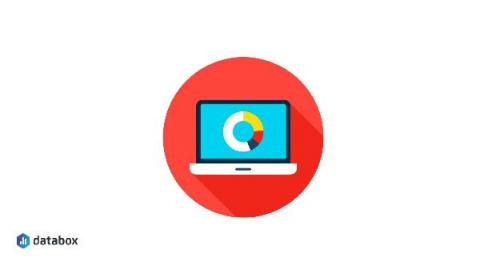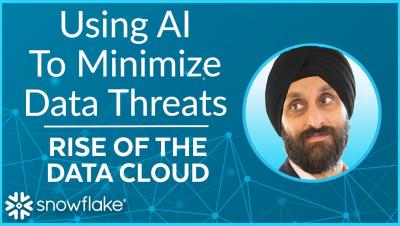Analytics
Don't Try This at Home: Building an Idempotent Data Pipeline
Learn about the technical challenges involved in building an idempotent data pipeline.
How ClickBank Grew SQL Volume by 2X and Reduced Cost Per Lead by 50% With Databox
A New Year. New Delivery. New Innovation.
Throughout 2020, a challenging year for so many in our community, Qlik remained laser-focused on delivering groundbreaking and transformative innovations across our portfolio.
Cloudera Completes SOC 2 Type II Certification for CDP Public Cloud
We believe security is the cornerstone of any legitimate data platform, and we’re excited to announce that Cloudera has successfully achieved SOC 2 Type II certification for Cloudera Data Platform (CDP) Public Cloud. Achieving our SOC 2 certification is the culmination of significant work across our organization and demonstrates to independent auditors that we adhere to industry-standard security controls and processes.
Standardizing Business Metrics & Democratizing Experimentationat Intuit
CDO Battlescars is a podcast series hosted by Sandeep Uttamchandani, Unravel Data’s CDO. He talks to data leaders across data engineering, analytics, and data science about the challenges they encountered in their journey of transforming raw data into insights. The motivation of this podcast series is to give back to the data community the hard-learned lessons that Sandeep and his peer data leaders have learned over the years.
Retailers find flexible demand forecasting models in BigQuery ML
Retail businesses understand the value of demand forecasting—using their intuition, product and market experience, and seasonal patterns and cycles to plan for future demand. Beyond the need for forecasts that are as accurate as possible, modern retailers also face the challenge of being able to perform demand planning at scale.
Using AI To Minimize Data Threats with Sunny Bedi | Rise of The Data Cloud | Snowflake
Migrating Apache NiFi Flows from HDF to CFM with Zero Downtime
Has your organization considered upgrading from Hortonworks Data Flow (HDF) to Cloudera Flow Management (CFM), but thought the migration process would be too disruptive to your mission critical dataflows? In truth, many NiFi dataflows can be migrated from HDF to CFM quickly and easily with no data loss and without any service interruption. Here we explore three common use cases where a CFM cluster can assume an HDF cluster’s dataflows with minimal to no downtime.
The Biggest Threat to the Security of Healthcare Data
When cyberattacks take out business systems, organizations suffer from direct and indirect financial losses. When healthcare systems go down, it’s a matter of life and death. Healthcare organizations were already a frequent target of cybercriminals, and the pandemic has made this situation worse. Infosecurity Magazine reports that healthcare data breaches will increase by 3x in 2021, at a time when so many healthcare providers are burnt out and exhausted from battling the pandemic.









